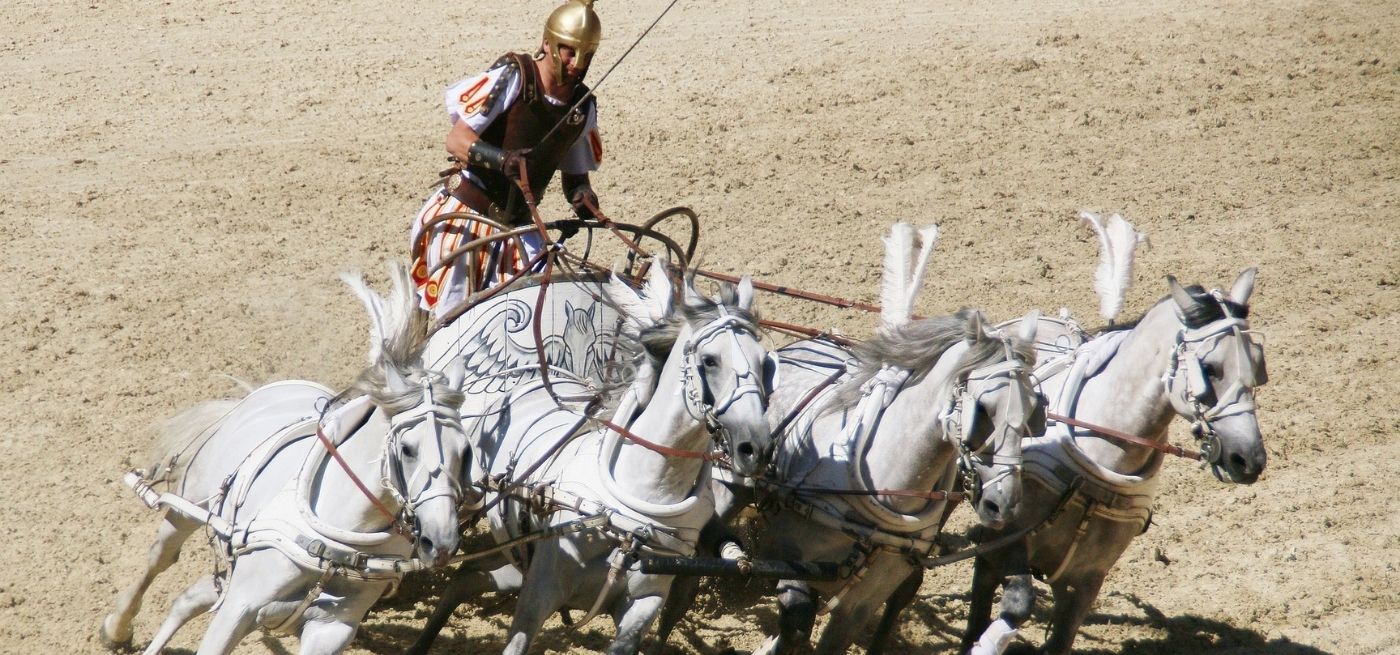
Horse Racing – A Brief History of Modern Horse Racing
Virtually anyone who knows the modern world of horse racing. It has become an integral part of many modern cultures and this obviously has an understandable reason. It is an exciting sport and one of the best ways to bet money. Only some sports, and gambling sites, can match the thrill and suspense associated with the world of horse racing.
Horse racing is a traditional sport that has been used in different forms for thousands of years. This involves challenges between horses and riders competing against each other to get to the finish line first, winning the race. Obviously, the bond between the jockey and the horse is essential. No one is sure how far humans started riding horses, but the earliest evidence of horse domestication was found in Ukraine between 4000 and 3500 years BC. Other scholars suggest that humans began domesticating horses between 3500 and 3000 BC, in what is now modern day Kazakhstan.
Ancient Races
Horse racing should have its roots in famous ancient sculptures, including Persia, Greece, Egypt and Babylon. Many of these ancient horse races featured a buggy pulled behind the horse, which has come down to modern racing. Ancient races were often characterized by death and violent injuries and this helped to attract a very large audience.
When people think of horse racing, often in their imagination the race takes place on a “flat” course. Flat races refer to a typical race that takes place on a track of earth, grass or flat synthetic surface, which normally takes place on an oval race track. The jockeys mount the horse by helping and guiding it to the final line. The oldest horse race held on a flat surface took place on a four mile course in the year 1174 AD and from that time horse racing quickly became popular at festivals and fairs in Great Britain and throughout Europe.
The Start of Comptiotions
Thoroughbred horse breed refers to the specific breeding of horses that are descendants of three stallions imported “from the East” to be mated with English mares. These three stallions enjoyed Turkish, Arab and Berber descendants. These are very resistant breeds and particularly fast horses. The breeding of these three stallions began between 1680 and 1740 and in the late 18th century they became one of the predominant breeds in the world. Thoroughbred breeding quickly became one of the most popular horse breeding types in England and Europe, and the result was the start of thoroughbred competitions.

This would lead to the birth of the “English Classic” races. In 1776 The Epsom Oaks Race was structured to test three-year-old fillies against each other. The Epsom Derby began just three years later. The next major race saw its birth in 1809, it was the 2000 Guineas and in the year 1814 the 1000 Guineas was born. These races were also dedicated only to fillies, but later the races also included other thoroughbred horses.
Thoroughbred breeding quickly spread to the Americas and later throughout the world. The spread of thoroughbred breeding developed hand in hand with the thoroughbred racing style. The first pure blood was purchased in Virginia in 1730 and from then on several breeding centers were established in Maryland, Virginia, and elsewhere within the colonies. After independence from Britain, as America expanded its territories westward, thoroughbred horses and horse racing moved across borders. In 1875, America’s most prestigious racecourse was founded in Kentucky: Churchill Downs at the beginning of the 20th century.
It is easy to understand that horse racing is a rich sporting tradition that has developed in various forms throughout human civilization. Modern horse racing follows many of the same principles as ancient races and retains many of the thrills and excitement that has always been inherent in the sport. Anyone can savor the taste of a legacy that is lost over time, just visit a local racecourse and enjoy the chance to bet on races, or simply enjoy the experience by sitting in the stands and enjoying the excitement.
